Home > Climate News >

Carbon offsets, illustrated
The Nature Conservancy has provided a brief guide to one of the climate solutions we need in order to achieve a low-carbon future, faster: natural climate solutions.
They note that we need to cut emissions from fossil fuels and reduce excess carbon dioxide and other planet-warming gases soon, to avoid the worst of the climate change impacts. This might be something you could share with those who are interested in authentic carbon offsets.

River conservation corridor
The East Branch of the Little Calumet River Conservation Corridor Project has helped to accelerate the preservation, restoration, and water quality improvement efforts within an ecologically significant riparian area. Project goals have included land acquisition, prioritization of acquisitions, collaborative land management planning, ecological restoration, identification of green infrastructure opportunities, and evaluation of policy mechanisms and barriers…
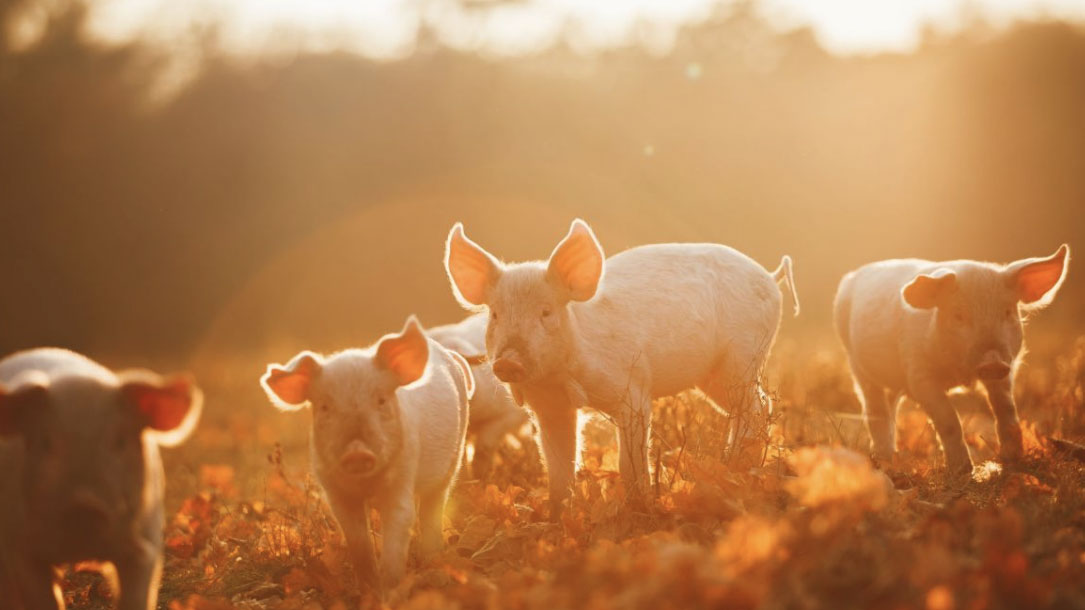
Farming collaborative plan looks to keep land accessible, open
Under the land collaborative model, the property will not solely be devoted to agriculture; Sanford-Long’s animals will share land with a planned solar array…

How land trusts and conservancies are achieving climate impact at scale
As the climate crisis grows ever more urgent, land conservationists are taking meaningful action to reduce carbon in the atmosphere and protect natural systems from the unavoidable impacts of a warming planet, according to a new report from the Lincoln Institute of Land Policy.
From the Great Plains of the United States to the high-altitude wetlands of Ecuador, land trusts and conservancies are developing and implementing creative, nature-based strategies to address climate change. In the report From the Ground Up: How Land Trusts and Conservancies are Providing Solutions to Climate Change, Lincoln Institute experts James N. Levitt and Chandni Navalkha document these initiatives through a dozen case examples that demonstrate how conservation organizations can help mitigate and adapt to climate change.
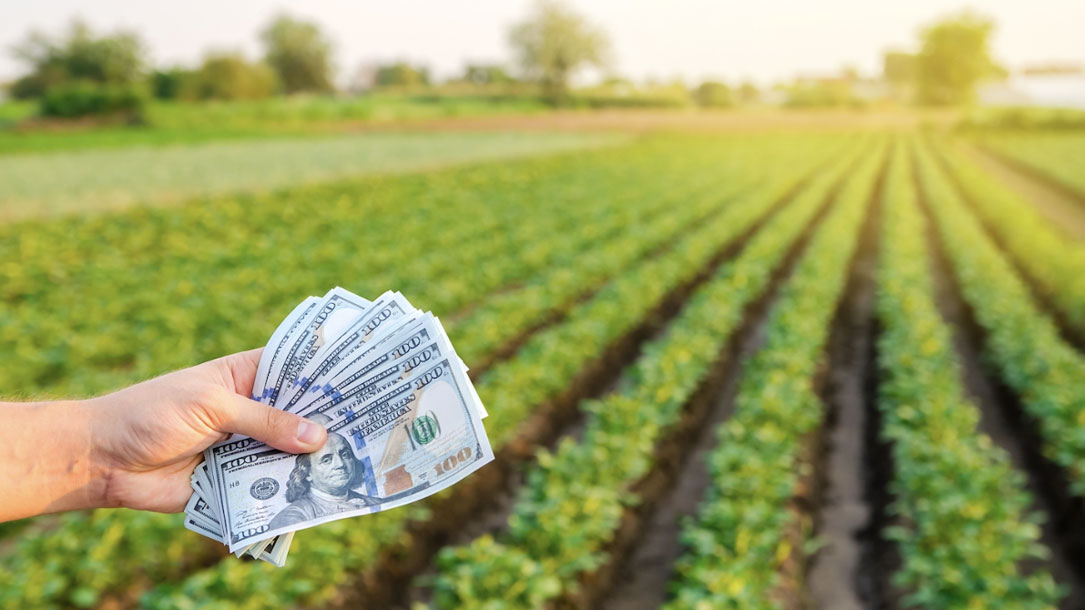
U.S. Climate Resilience Toolkit: funding opportunities
Many of the strategies for increasing climate resilience come with a price tag. Increasingly, funding for local climate adaptation and resilience projects must draw on a range of public and private financing. For instance, groups may apply for federal grant funding, work through public/private partnerships, and/or fund projects through local taxes.
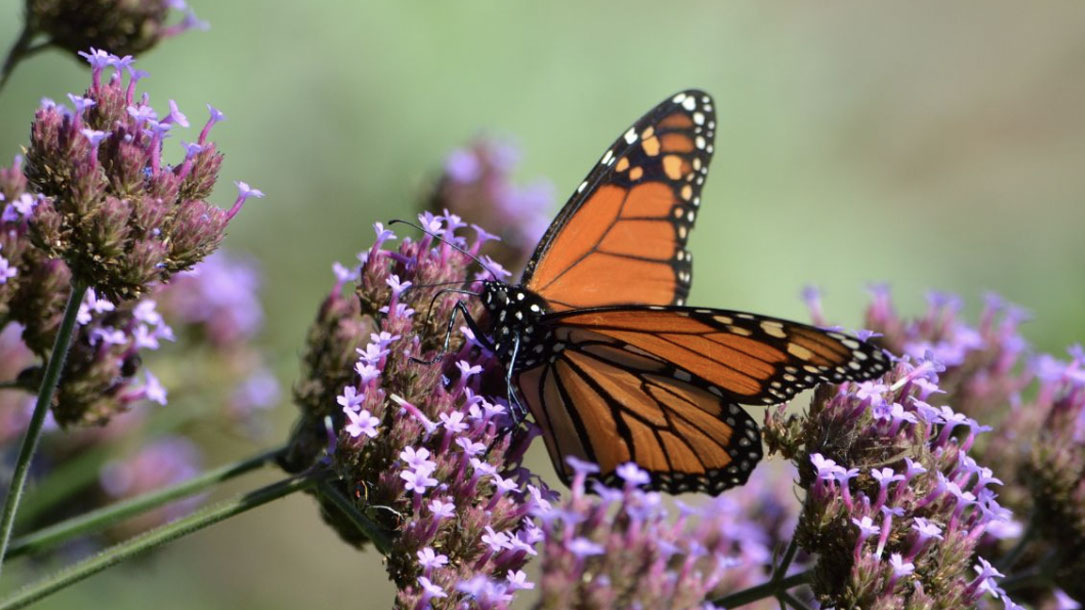
Research shows solar habitat installations support pollinators
Join Monarch Joint Venture, Connexus Energy, MNL, and Fresh Energy for a free webinar where they dig into the new study, “Monitoring Pollinators on Minnesota Solar Installation,” which used field data collection practices to document an abundance of bees, butterflies, moths, flies, and wasps utilizing pollinator-friendly solar habitat in Minnesota. We’ll also discuss seed mixes and biodiversity benefits, how utilities and co-ops can lead, and more.
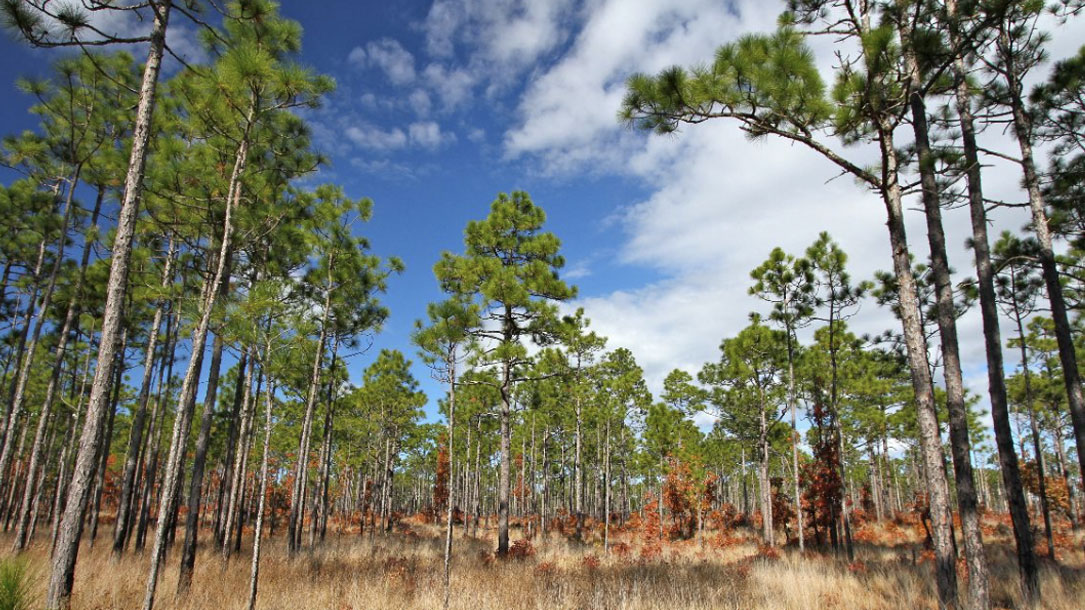
Why keeping mature forests intact is key to the climate fight
Preserving mature forests can play a vital role in removing CO2 from the atmosphere, says policy scientist William Moomaw. In an e360 interview, he talks about the importance of existing forests and why the push to cut them for fuel to generate electricity is misguided…
In an interview, they talk about the challenge in general, what’s happening in the Southeastern U.S., and the wood pellet and biomass-burning industry that is driving the deforestation. They also share what can be done about it…
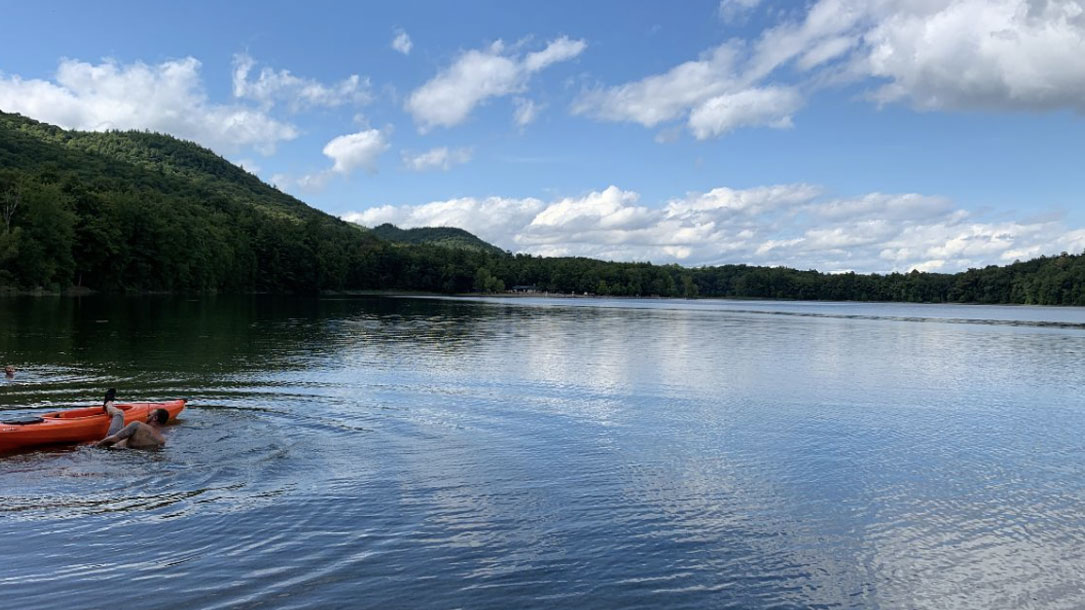
Finding hope — and faith — in the climate change debate
Katharine Hayhoe, a climate scientist and Christian, is working to bring hope to the climate change debate. On Saturday night [in Salt Lake City, Utah], she did so by describing a giant boulder on a hill…
“People are willing to do something if they feel like what they do will make a difference,” she said.
“Is talking sufficient? Of course not. Is talking necessary? 100%,” she said.

Study: Drought determining tree height and diameter growth
Droughts interact with tree phenology to drive declines in growth. As climate change makes drought more likely in the Northeastern USA, it is important to understand how droughts at different times of year will lead to reduced height and diameter growth of trees…

Linking prairie carbon sequestration and other co-benefits to the voluntary carbon market
A research study at Midewin concluded that prairie restoration led to increased carbon stocks in degraded soils. At Midewin, new restorations contained about 1.5x more carbon than no-till row crops and remnant prairie soils contained about 3 to 4x the carbon stocks than no-till row crops. To supplement the research a literature review was conducted and based on 29 studies, perennial grasslands sequestered on averaged 1.7 metric tons of CO2 per acre per year…












